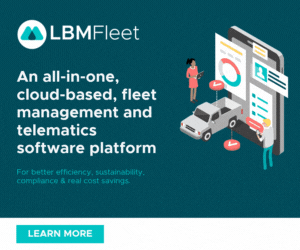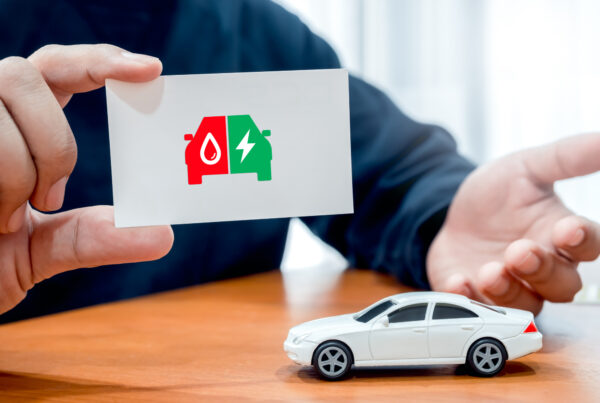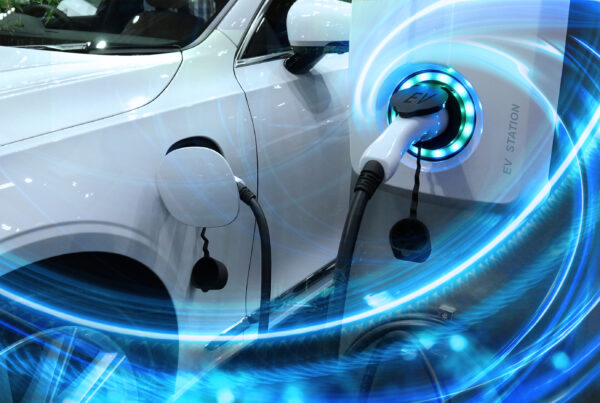As more people switch to electric cars, there’s a growing need to figure out how much it costs to charge them at home, especially for work-related purposes. To make this easier, a new guideline has been introduced by the Australian Taxation Office (ATO) to help calculate these electricity costs.
To rely on the guidelines, employees need to incur an electricity expense when charging their electric vehicle at home.
Employers can rely on the guideline from 1 April 2022 for FBT reporting purposes while employees may do so from 1 July 2022 for income tax purposes
Determining Charging Costs
The ATO highlights different methods for calculating EV charging costs for tax reporting namely:
EV Home Charging Rate Method
This method is applicable to zero-emissions electric cars and involves using a standardised rate of 4.20 cents per kilometre for home charging. The rate is applied to the total number of kilometres travelled by the electric vehicle, providing a simplified way to determine charging costs.
It offers a straightforward approach, reducing the administrative burden for both employers and employees. Additionally, it promotes consistency in reporting across different EV users.
However, this excludes plug-in hybrid electric vehicles (PHEVs) and requires accurate records of kilometres travelled.
Employers and individuals opting for the EV home charging rate must maintain records of odometer readings, logbooks (if applicable), and relevant electricity bills to support their claims.
Actual Cost Method
This method is suitable for any type of electric vehicle, including PHEVs, this method involves calculating the actual cost of electricity incurred during home charging. It requires keeping detailed records of electricity usage, including billing statements or receipts, and determining the precise cost per kilowatt-hour.
It offers accuracy by reflecting the actual expenses incurred for charging, accommodating variations in electricity rates and usage patterns.
The downside is that it can be more time-consuming, and complex compared to the EV home charging rate method, as it necessitates meticulous record-keeping and calculations.
Logbook Method (For Income Tax Purposes)
This method is primarily used for income tax reporting and is applicable when claiming work-related car expenses, including EV charging costs.
It requires maintaining a valid logbook to record business and private kilometres travelled by the electric vehicle. Charging costs are then allocated based on the business use percentage derived from the logbook.
Its main advantage is it provides a tailored approach, allowing individuals to claim deductions based on their actual usage patterns. It accommodates varying proportions of business and private use.
However, it requires diligent record-keeping, including regular odometer readings and adherence to logbook guidelines outlined by tax authorities. Additionally, it may not be suitable for all users, especially those with minimal business-related travel.
Did you find this article helpful? Click the ‘heart’ button above to give it a ‘like’!


















